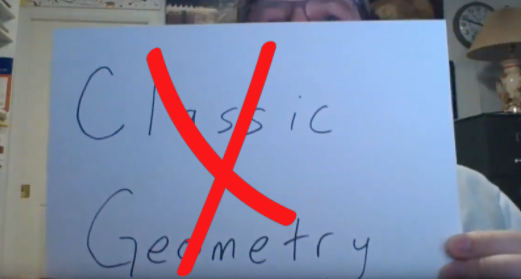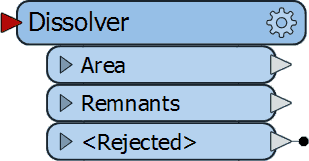Welcome to What’s Up Wednesday! This week features FME Hackathon news, the Gartner Magic Quadrant, classic geometry and the Dissolver transformer.
FME Hackathon: Connections
Have you been thinking about creating a project for the FME Hackathon? If you have, you have one week left to submit your projects. The submission deadline is Monday August 31st at 11:59pm PST.
Join us on September 9th at 8am PST to help us judge the winners!
Safe Software News
After a long process, we are now featured on the Data Integration Tools Magic Quadrant from Gartner! To learn more check out fme.ly/gartner-2020
FME Training
Looking to brush up on your FME skills? Our live online training schedule has been posted for the fall. Can’t commit to a live course, our courses are recorded so you can watch at your own pace.
FME Webinars
There’s still time to sign up for our webinar tomorrow about Working with Spatial Data at Scale in the Cloud.
We also have lots of upcoming webinars in September about Excel, changing data, FME AR and FME Data Express, so check those out.
FME News
In FME 2021, there will be no more classic geometry! Don’t remember what classic geometry is? Don’t worry about it. For those geometry buffs, FME will only use rich geometry. Workflows will still stay the same but things behind the scenes will be more powerful than ever.

Transformer Spotlight - The Dissolver
The Dissolver transformer dissolves area features by removing common boundaries to create larger areas. Input attributes may be accumulated. This transformer accepts two-dimensional polygonal features, including donuts. Dissolved polygons are formed when shared edges and interior edges between adjacent polygons are removed.

The Dissolver transformer has been getting an upgrade! It is now 2-3 times faster in FME 2021 then it was in FME 2019. Don’t worry if you’re still using FME 2020, the Dissolver also got a performance boost.
Never worked with the Dissolver before? Check out these tutorials to help you get started:
Merging Polygons with the Dissolver Transformer
Data QA: Identifying Small Polygon Features
Data QA Identifying Sliver Overlaps and Gaps in Polygon Coverage



